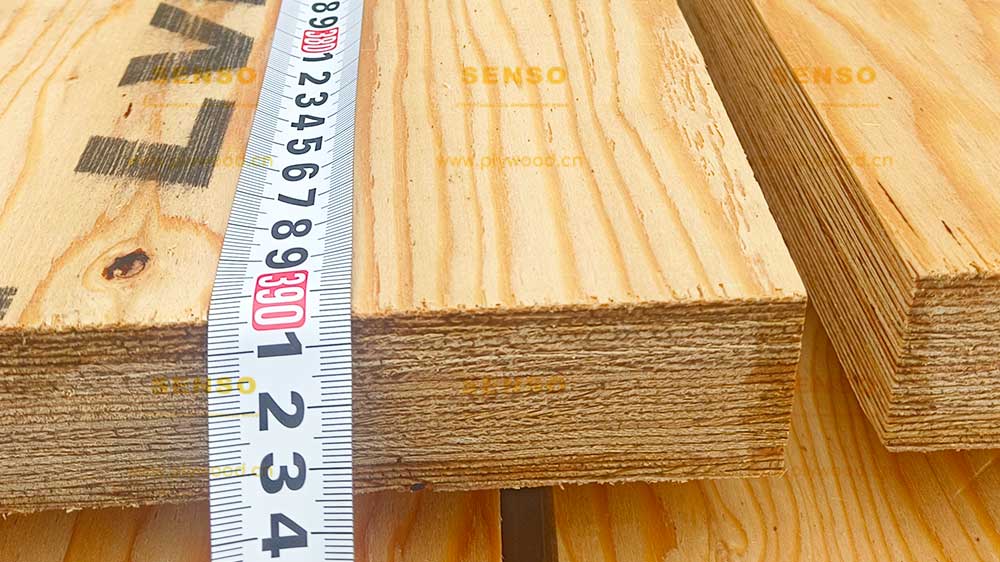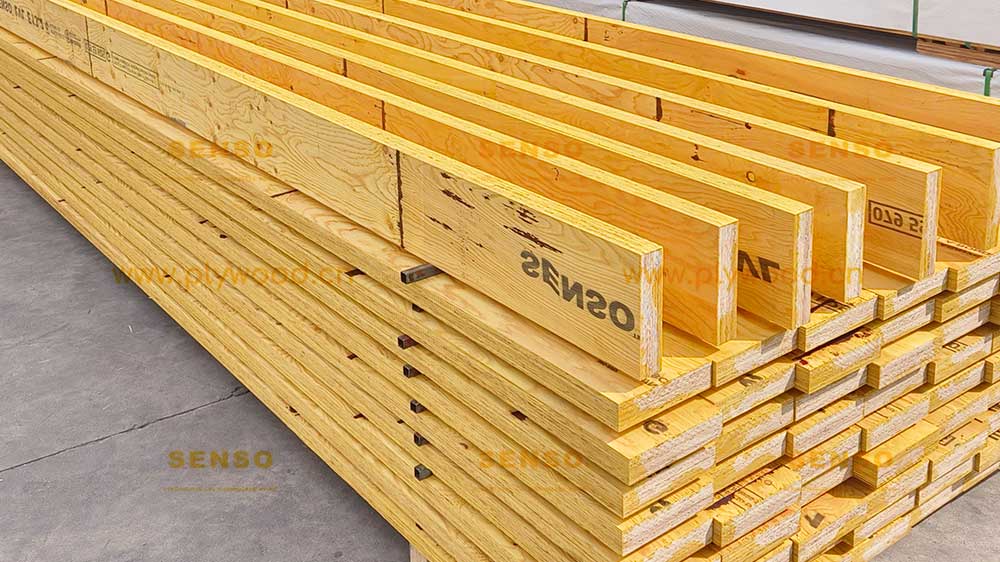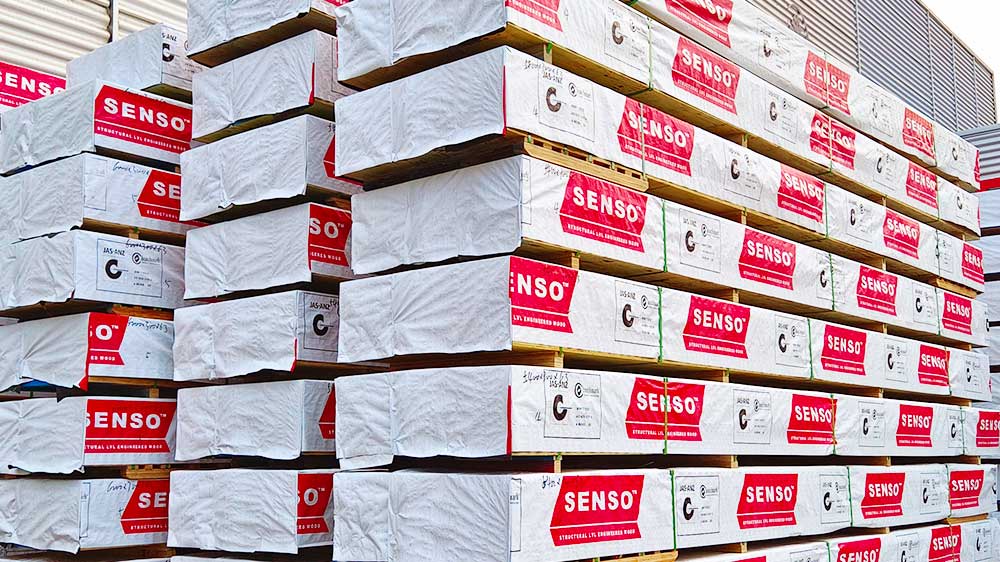What is a Glulam Beam?
Glulam stands for glued laminated timber. It is an engineered wood product. Glulam is made by bonding individual layers of timber. Durable, moisture-resistant adhesives are used for bonding.
How Glulam Beams are Made
This process creates a strong, uniform beam that can be used in a variety of structural applications. Glulam beams differ from traditional wood beams. They can be manufactured in a wide range of shapes and sizes. This makes them highly versatile.
Applications of Glulam Beams
Glulam beams are suitable for both residential and commercial construction projects.
The Advantages of Glulam Beams
Glulam beams are eco-friendly and sustainable. They are made from renewable resources. This makes them more sustainable than steel or concrete. The production process has a lower environmental impact. Glulam beams can be easily recycled. They can also be repurposed at the end of their life cycle.
Strength and Durability: Glulam beams have a high strength-to-weight ratio, making them stronger than traditional wood beams. They are also resistant to warping, cracking, and splitting, ensuring a long lifespan for the structures they support.
Design Flexibility: The ability to shape and size glulam beams to meet specific design requirements allows architects and builders to create unique and innovative structures. This flexibility opens up new possibilities in architectural design, from curved roofs to intricate support systems.
Cost-Effective: While the initial cost of glulam beams may be higher than traditional wood beams, their durability and low maintenance requirements make them a cost-effective choice in the long run. They can also reduce construction time and labor costs, as they are easier to install and require less on-site modification.
Applications of Glulam Beams
Glulam beams are used in a wide range of construction projects, including:
Residential Buildings: Glulam beams are commonly used in homes. They are ideal for large, open spaces like living rooms and kitchens.
Commercial Structures: Glulam beams are perfect for large commercial buildings. Examples include office complexes, shopping centers, and warehouses. They handle long spans and high load-bearing capacity.
Public Buildings: Glulam beams are often used in schools, hospitals, and recreational facilities. They provide both aesthetic appeal and structural integrity.
Bridges: Glulam beams suit small to medium-sized bridges. They offer a cost-effective and environmentally friendly alternative to steel or concrete.
Challenges and Solutions in Glulam Beam Construction
While glulam beams offer numerous advantages, there are also challenges that need to be addressed to ensure their successful integration into construction projects:
Moisture Management: Glulam beams, like all wood products, are susceptible to moisture damage if not properly protected. To prevent this, it’s crucial to apply protective coatings and ensure adequate ventilation in the building design to prevent moisture buildup.
Fire Resistance: Although wood is naturally flammable, glulam beams can be treated with fire-retardant chemicals to enhance their fire resistance. Additionally, the large mass of glulam beams provides a certain degree of inherent fire resistance, as the outer layer chars and insulates the inner core.
Pest Control: Wood is vulnerable to pests such as termites and beetles. To combat this, glulam beams can be treated with preservatives that deter pests and prevent infestations.
Despite these challenges, the benefits of glulam beams often outweigh the drawbacks, making them a preferred choice for many construction projects.
Innovations in Glulam Beam Technology
The glulam industry is constantly evolving. New technologies and techniques are enhancing glulam beam performance and applications.
Hybrid Systems: Combining glulam beams with other materials creates hybrid structures. These can leverage the strengths of each material. For example, a glulam-steel hybrid combines wood’s aesthetic appeal with steel’s strength and fire resistance.
Prefabrication: Prefabricated glulam beams can significantly reduce construction time and costs. These beams are manufactured off-site to precise specifications and then quickly assembled on-site, streamlining the construction process.
Digital Fabrication: Advanced technologies like CNC machining are used for glulam beams. These allow for precise and complex cuts. This enables the creation of intricate shapes and designs. Previously, such designs were difficult or impossible to achieve.
Sustainable Forestry and Glulam Production
The sustainability of glulam beams is closely tied to the practices of the forestry industry. Sustainable forestry practices, such as selective logging, replanting, and forest management, ensure that the wood used for glulam beams is sourced responsibly. This not only helps preserve ecosystems and biodiversity but also ensures a steady supply of raw materials for glulam production.
The Economic Impact of Glulam Beam Adoption
The adoption of glulam beams in construction projects has significant economic implications. The use of glulam beams can lead to cost savings in the long term due to their durability and low maintenance requirements. Moreover, the prefabrication of glulam beams can reduce construction time and labor costs, making projects more efficient and cost-effective.
The growing demand for glulam beams also stimulates economic growth in the forestry and manufacturing sectors. As more builders and architects opt for sustainable building materials, the production of glulam beams is likely to increase, creating jobs and supporting local economies.
Glulam Beams in Architectural Design
Glulam beams are valued for their structural properties and aesthetic appeal. The natural beauty of wood adds warmth and character to buildings. This makes glulam beams popular for exposed structural elements in architectural design. Their ability to be shaped into curves and complex forms allows creative design possibilities. Traditional materials cannot achieve these forms.
Additionally, using glulam beams can improve a building’s sustainability rating. This includes certifications like LEED (Leadership in Energy and Environmental Design). Enhanced sustainability can increase a building’s market value. It also appeals to environmentally conscious tenants or buyers.
Case Studies: Glulam Beam Success Stories
Across the globe, there are numerous examples of successful projects that have utilized glulam beams:
The Metropol Parasol in Seville, Spain, is one of the largest wooden structures in the world. It features interlocking glulam beams creating a unique and iconic canopy.
The Grandview Heights Aquatic Centre in Surrey, Canada, has an impressive glulam beam roof structure. This roof spans over 55 meters. It provides a striking and functional design for the community swimming facility.
In Japan, the Yusuhara Wooden Bridge Museum showcases the potential of glulam beams. It blends traditional and modern architecture. Elegantly curved beams support the structure.
The Future of Glulam Beams in Construction
As the construction industry continues to focus on sustainability and innovation, the role of glulam beams is set to expand. Advances in technology and manufacturing will further enhance the capabilities of glulam beams, making them even more appealing for a wide range of applications. Additionally, as awareness of environmental issues grows, the demand for eco-friendly building materials like glulam beams is expected to increase.
In the coming years, we may see more widespread use of glulam beams in residential, commercial, and public buildings, as well as in infrastructure projects such as bridges and transportation hubs. The versatility, strength, and sustainability of glulam beams make them a key material in the future of construction.
FAQs: Understanding Glulam Beams
What is a glulam beam?
A glulam beam is a structural beam made from layers of solid wood lumber bonded together with durable adhesives.
Is a glulam beam stronger than a wood beam?
Yes, glulam beams are generally stronger and more stable than traditional solid wood beams due to their engineered composition.
Why are glulam beams better than steel?
While steel has its advantages, glulam beams offer superior environmental benefits, aesthetic appeal, and versatility in design.
How long do glulam beams last?
With proper maintenance and protection from moisture, glulam beams can last for many decades, similar to other structural materials.
How long can a glulam beam span?
The span of a glulam beam depends on its size and the load it carries, but spans of over 100 feet are possible in some applications.
Glulam beams combine traditional craftsmanship with modern engineering. They offer a sustainable and versatile solution for construction challenges. Their growing popularity signifies a shift towards eco-friendly practices. These beams represent innovative building methods. This shift heralds a new era in the construction industry.
Post time: Jun-22-2024




